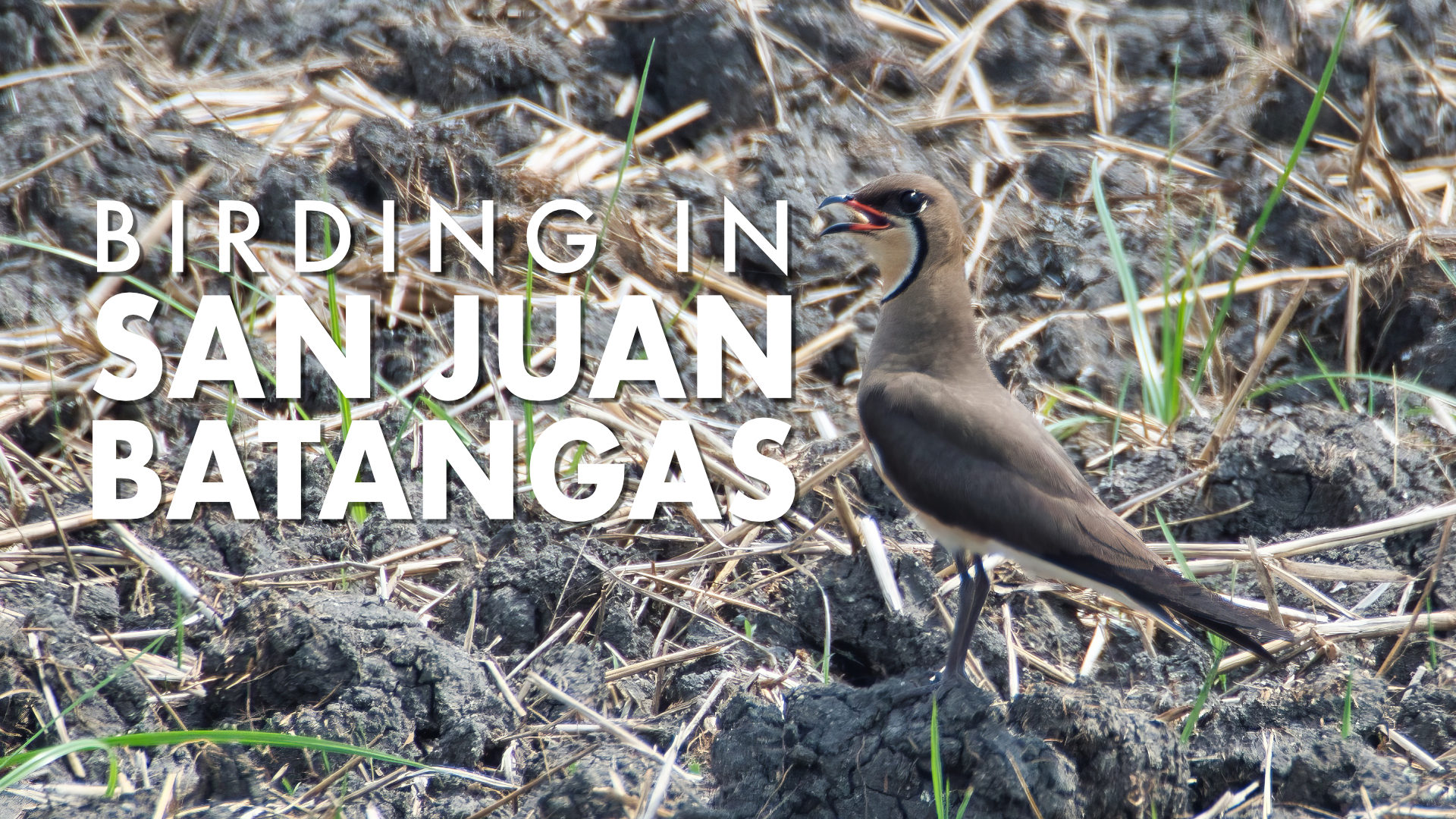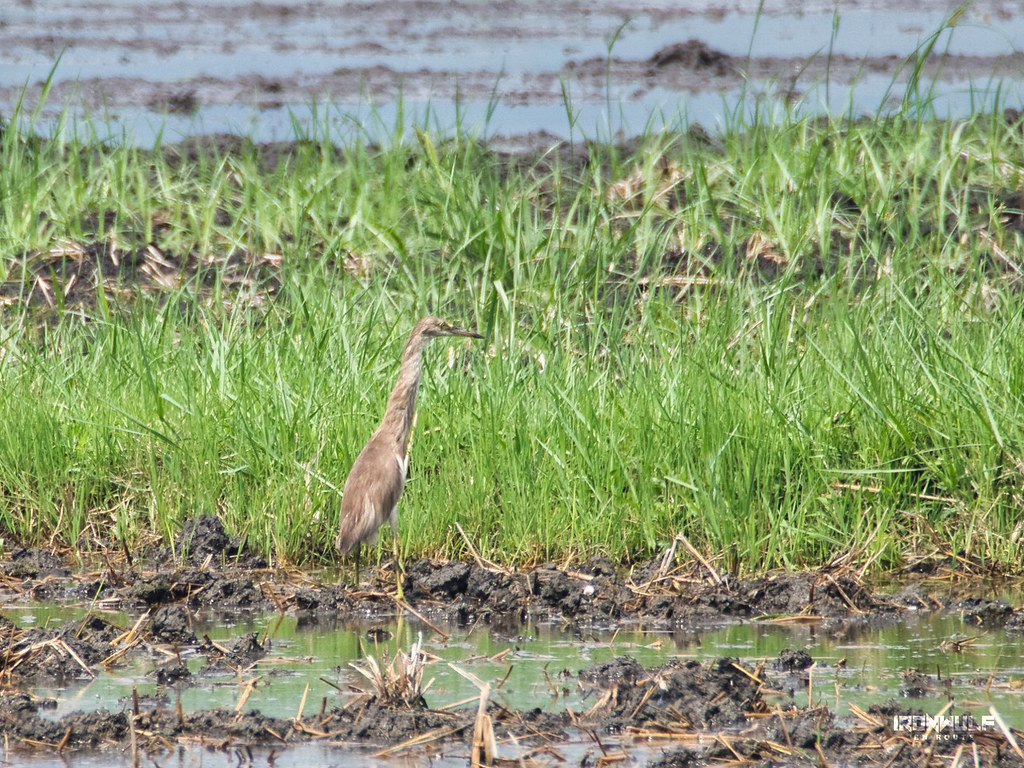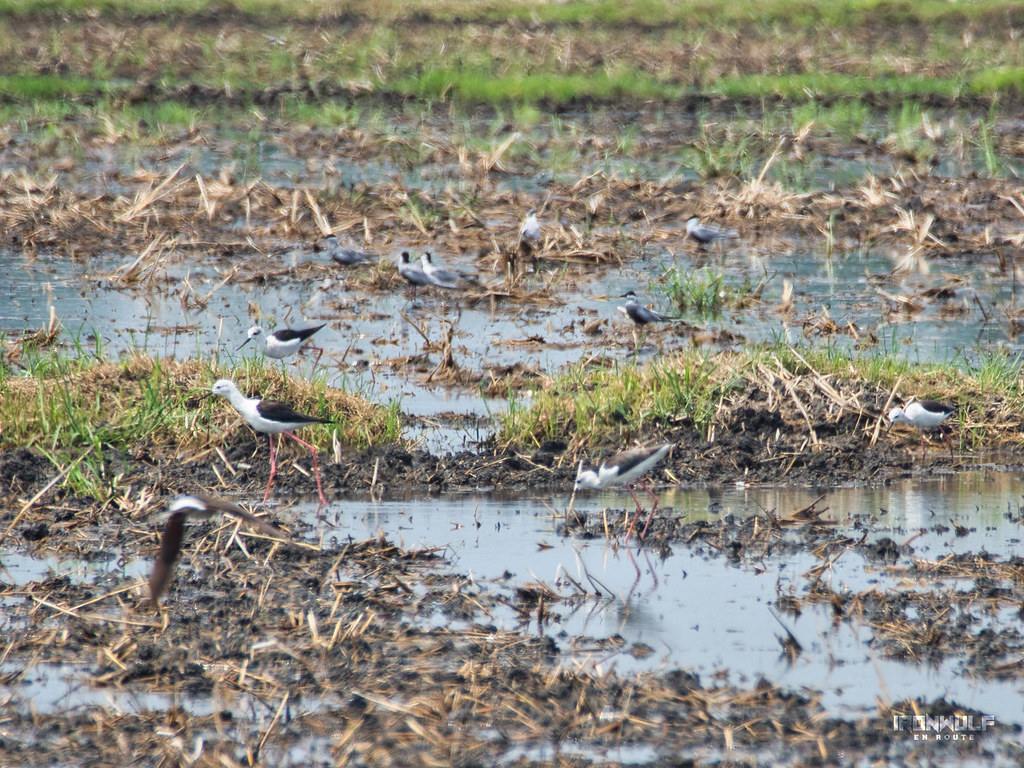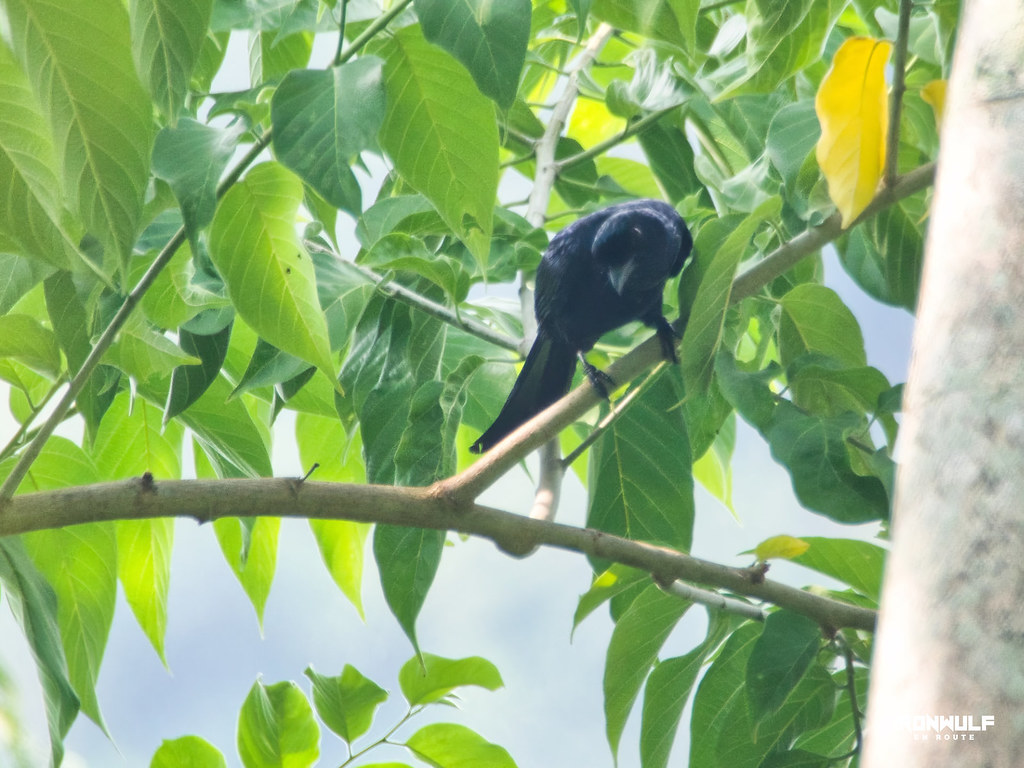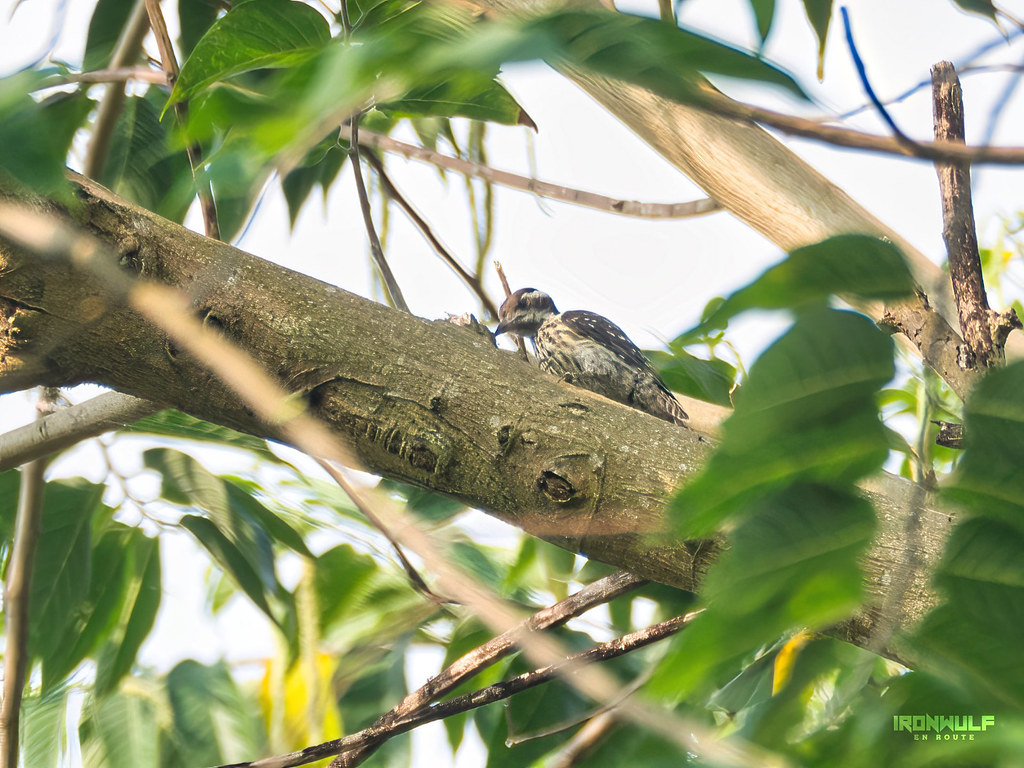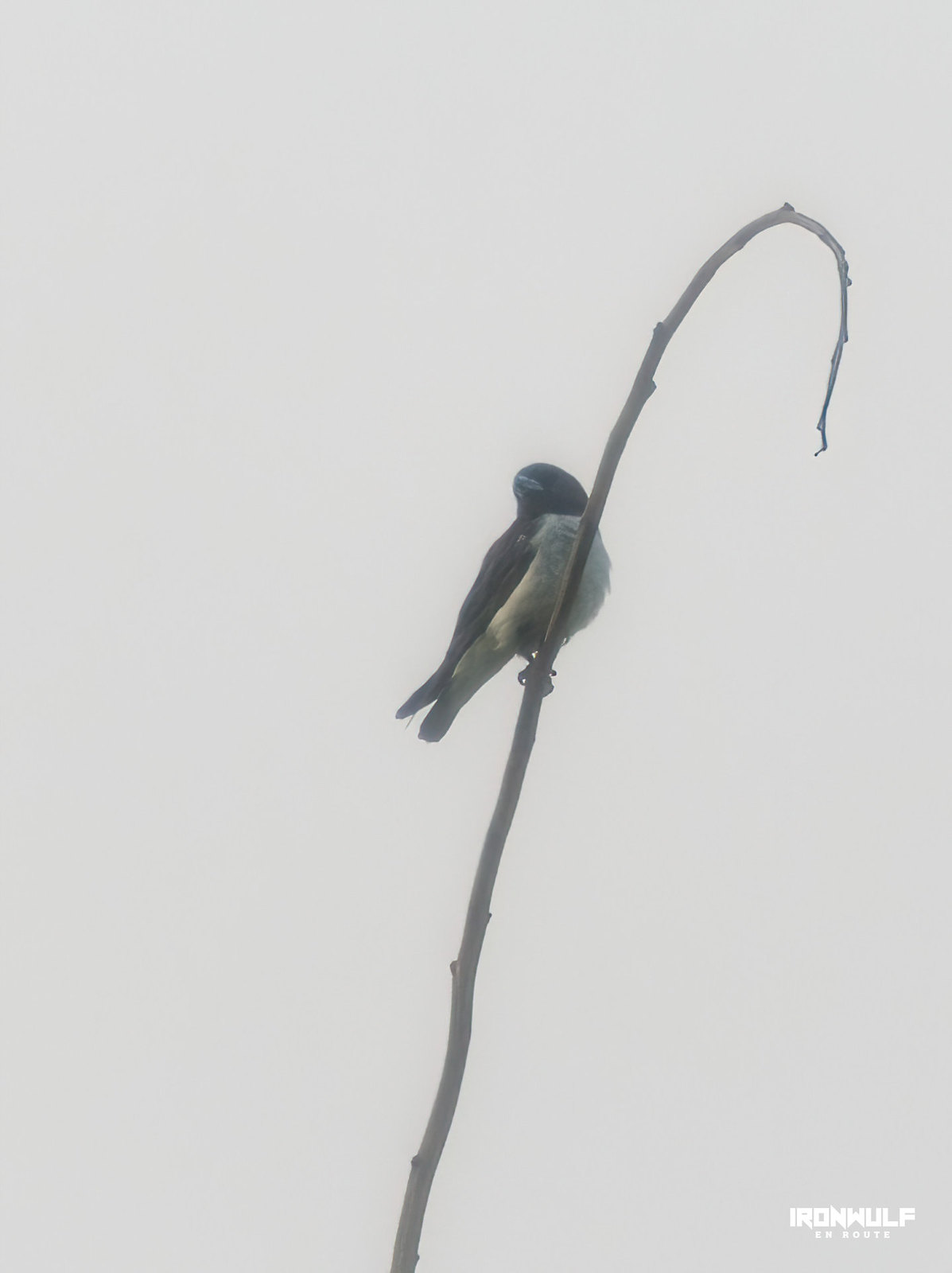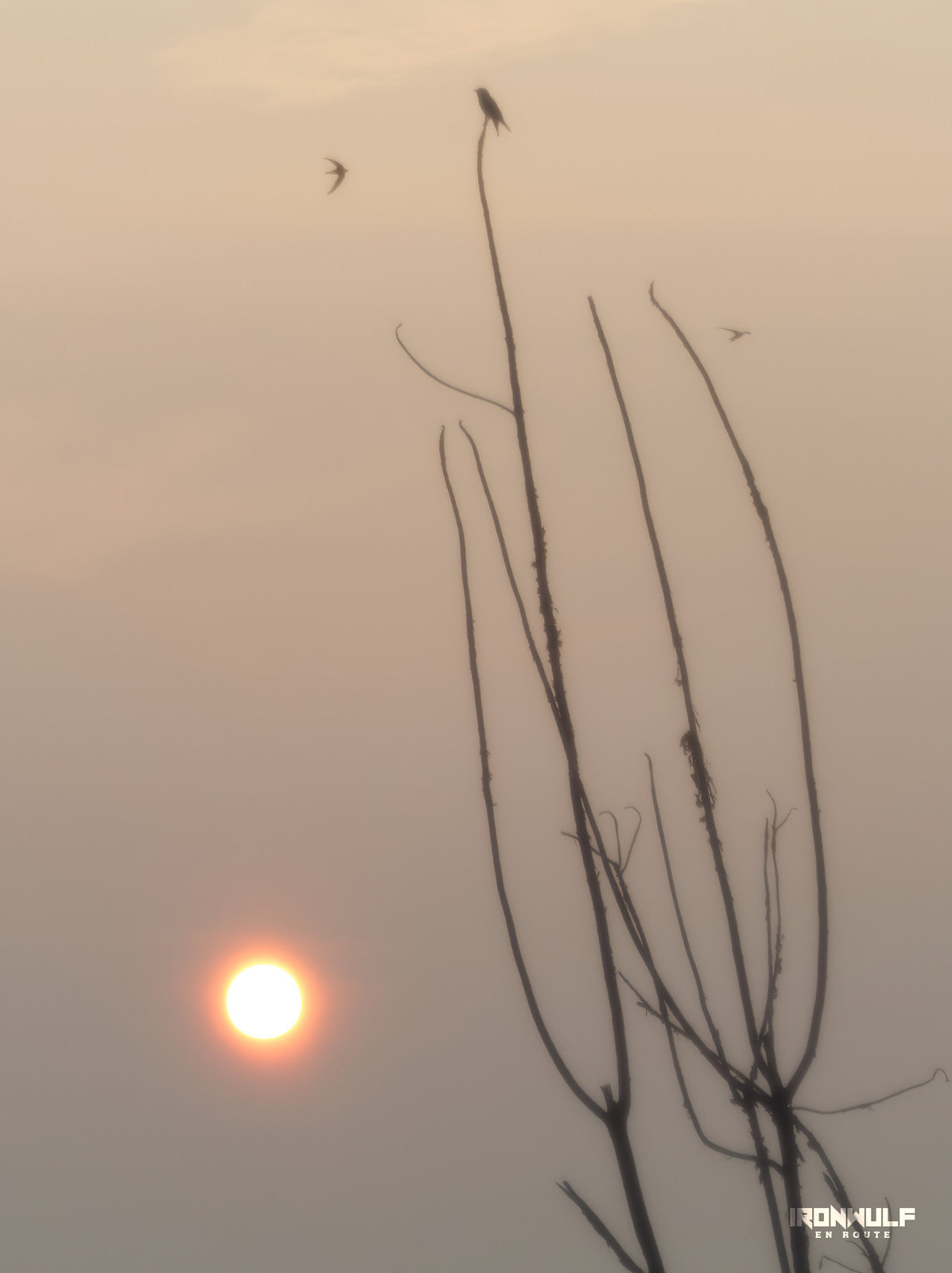With a distance of 130km (80 miles) or roughly a three to 4 hours drive from Manila, San Juan, Batangas is one of the popular destinations for an out-of-town escape. For the beach, there’s the white sand stretch of Laiya. Climbers and nature lovers also hike up the peak of Mt Daguldol. But there’s also a different type of crowd that flocks the areas of Balagbag and Pinagbayan villages of the municipality — the migratory birds. Making birding in San Juan Batangas one of the main draws for birders even beyond the migration season.
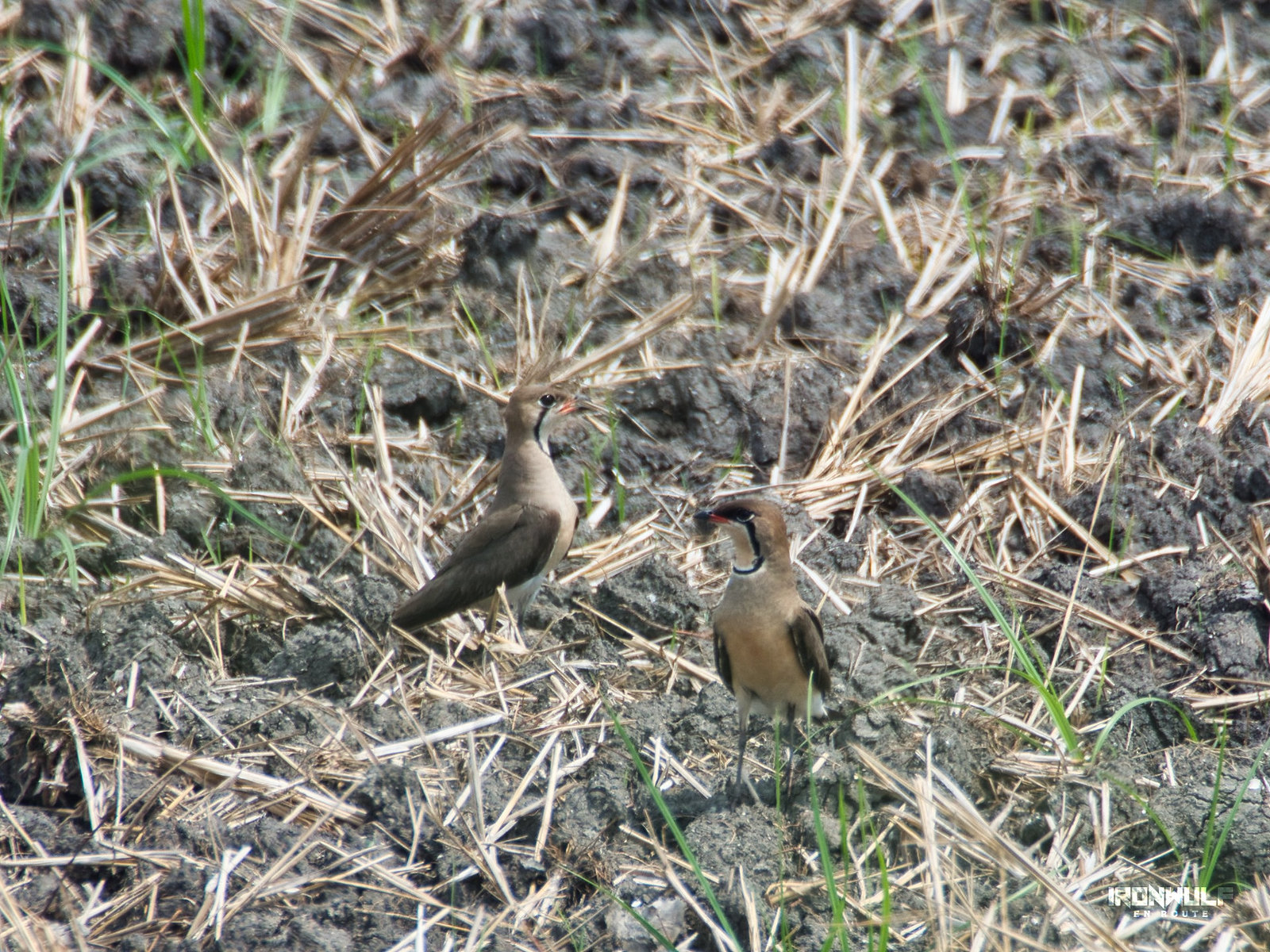
The Migratory Birds
My recent visit to Solmera Coast, a promising new leisure residence real estate development by DMCI Homes in Barangay Calubcub and Subukin gave me a chance to do birding in San Juan, Batangas. We were guided by Professor De Villa of Batangas Eastern College who has long been an environmental advocate. One of the sites he brought us is at the busy agricultural fields of Balagbag.
Among the flight of the common cattle egrets flustered by the passing farm tractor, the professor was able to easily spot a few migratory birds a couple of which are lifers (newly spotted and identified birds) for me. We spotted the elegant and slender Black-winged stilts. Lifers for me here are the sentinel-like Java Pond Heron and the adorable-looking Oriental Pratincole who are both common migrants.
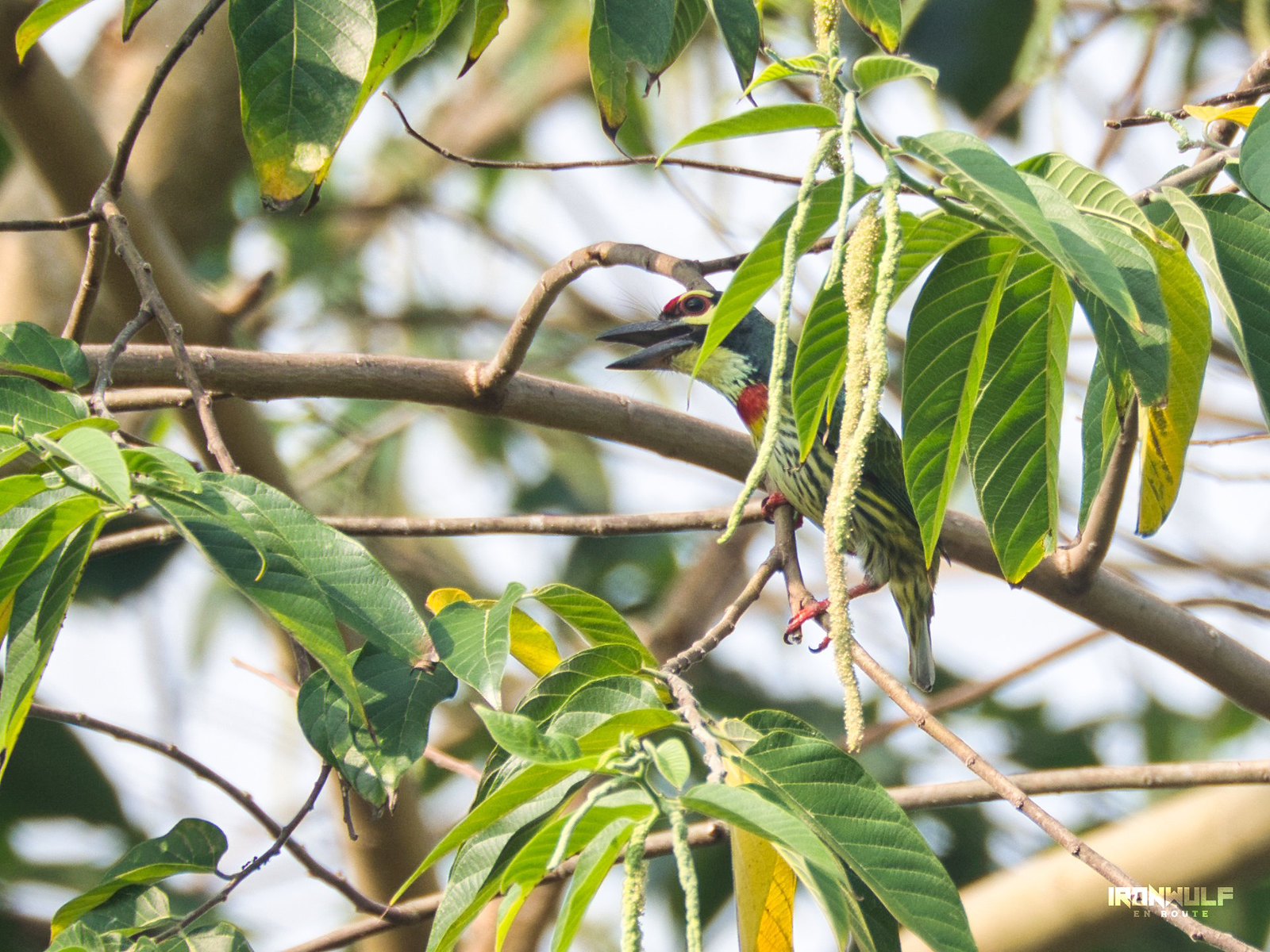
Sapangan Birds
From the lowlands, we went uplands of Sapangan, and into the private lands of the professor’s family. We visited a large balete tree and were expecting to catch the birds feeding but missed the bloom and fruits by a week. Nonetheless, we found several birds feeding on an aratiles tree. The colorful and striking eyelashes of the Coppersmith Barbet, a couple of flowerpeckers in the Red Keeled flowerpecker, and the pygmy flowerpecker are both lifers.
Was also able to photograph a Philippine pygmy woodpecker and a Balicassiao. Sighted but not clearly photographed were a Luzon hornbill, a tailorbird, Philippine Magpie-robin, and a White-throated Kingfisher.
La Luz Arboretum
Another fascinating location we visited for birding is the sprawling La Luz Arboretum. This natural living museum contains a huge collection of more than 1,000 native trees within a 117-hectare land area. This is one of the two places in the country where the native Philippine teak grows. Aside from this tree collection, Mark, who manages the area, has photographed several bird species here, including their resident Philippine Megapode. I wasn’t able to see it here but we could hear its distinctive calls nearby.

What we were able to follow for a time was the Philippine Pitta. A very skittish and colorful ground bird used to be called “Red-bellied Pitta” by its looks. It took some time to follow its tracks but we were able to see and spot clearly. To photograph though was rather challenging. Still a wonderful lifer for me.
Birding in San Juan Batangas
For only a half-day sortie, we were able to visit a few birding areas in San Juan, Batangas. We were able to spot some migrants, residents, and even endemics. One need not go too far to appreciate birding even on the common ground areas. Even on the streets, perched by the electric lines, the two species of bee-eaters can be found, the Blue-tailed bee-eater and the rufuos-crowned bee-eater.
At Solmera Coast, where we stayed at their temporary villas since the area is still in development, I found plenty of White-breasted woodswallows, crows, and Asian Glossy Starlings. A raptor I wasn’t able to identify even flew by. Whether you are an enthusiast or a hardcore birder, San Juan, Batangas has some excellent birding outside of Manila.

Ferdz Decena is an award-winning travel photographer, writer and blogger. His works has found print in publications such as Singapore Airlines’s Silver Kris, Philippine Airlines’ Mabuhay, Cebu Pacific’s Smile and Seair InFlight. He has also lent his expertise to various organizations like the Oceana Philippines, Lopez Group Foundation, Save the Children and World Vision, contributing quality images for their marketing materials.
